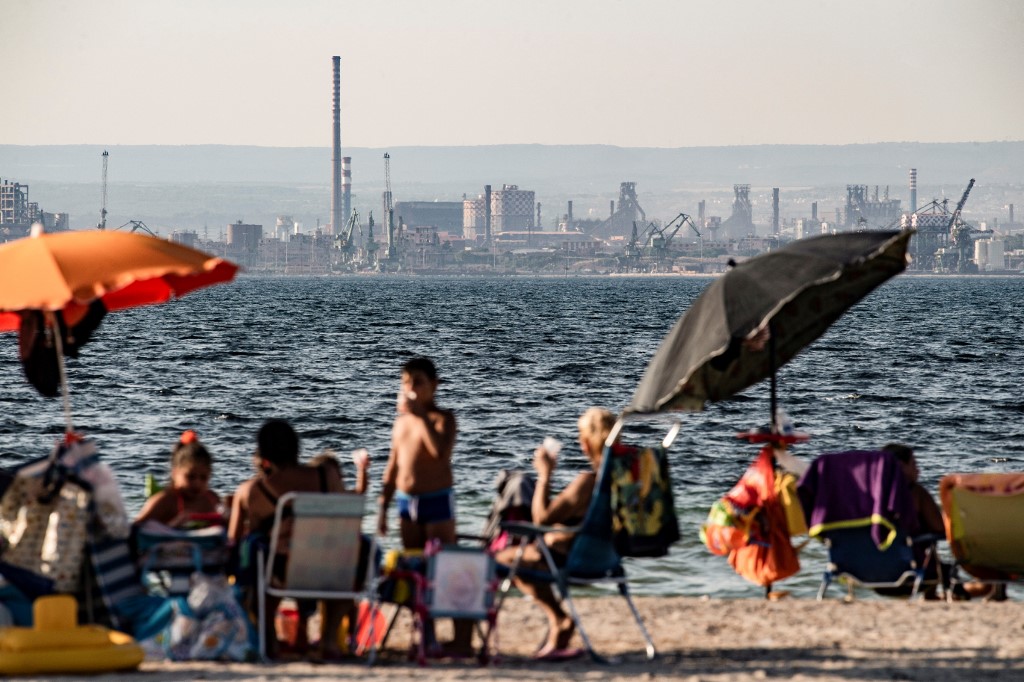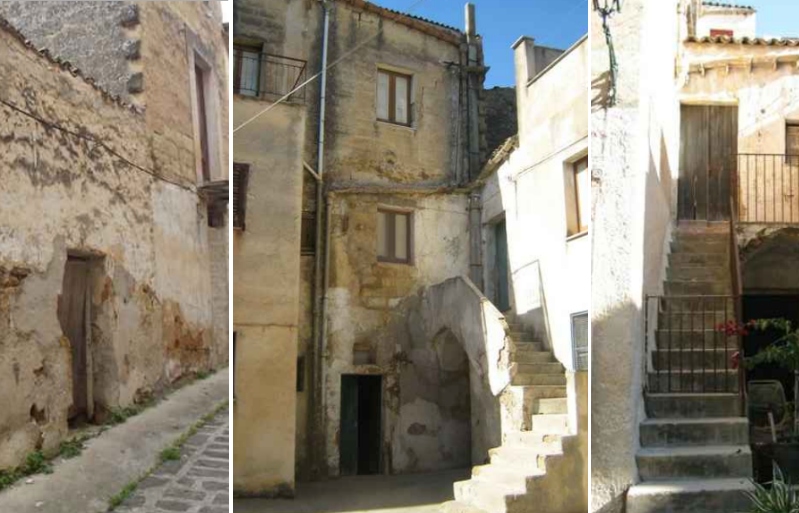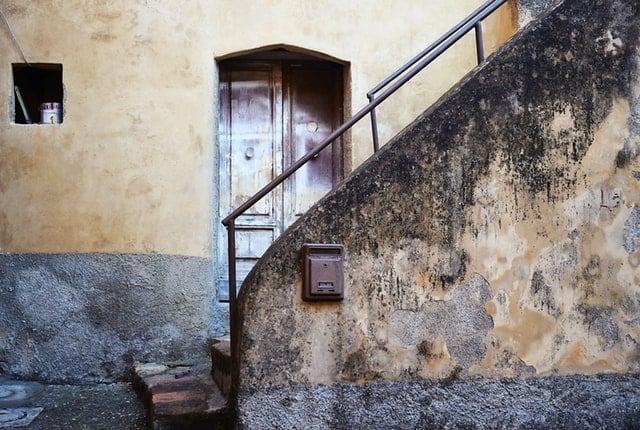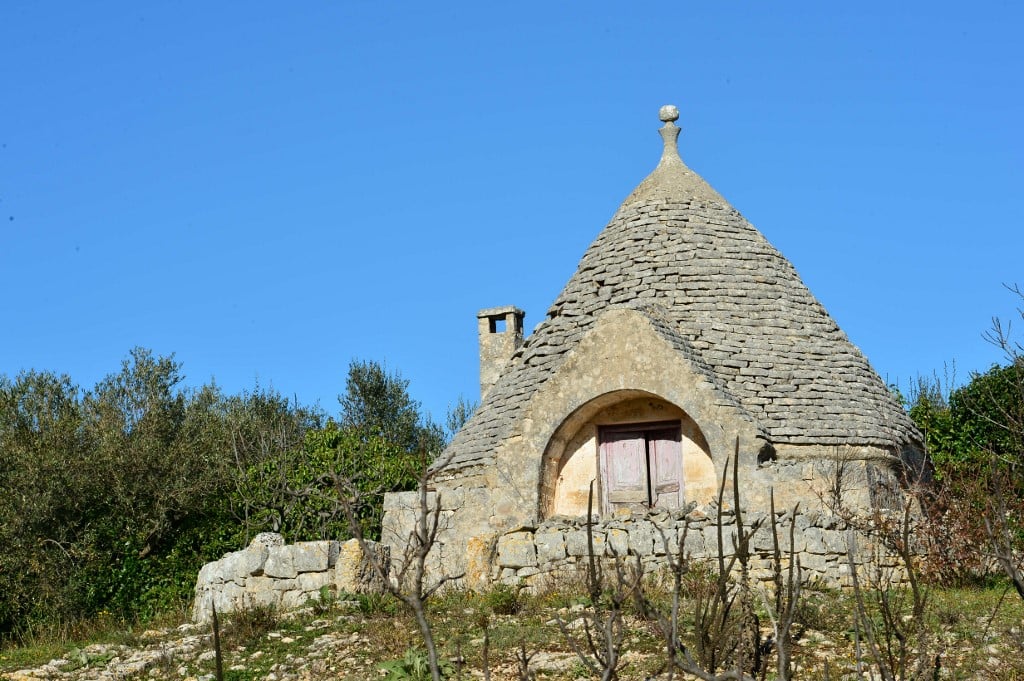We’ve all heard about remote, under-inhabited Italian villages putting crumbling houses up for sale for the price of an espresso.
In fact, the list of idyllic hilltop villages in rural Italy offering up bargain properties for sale for the symbolic price of one euro just keeps getting longer.
But if you’re looking for something less rural, the city of Taranto is now doing the same, as the local council plans to start selling off historic properties as part of a drive to improve the city’s image.
Officials hope the one euro homes offer will help breathe new life into the run-down historic area, which sits on a strip of land between the sea and a lagoon, or mare piccolo and mare grande.
“We’re aiming to take measures which will result in the repopulation and development of the old city,” council official Francesca Viggiano told Italian newspaper Il Corriere della Sera, saying they’d already had inquiries from New York, Milan and Rome.
READ ALSO:
The council said its goal is to bring 25 thousand inhabitants to the città vecchia, or old city, which had some 40,000 residents in the 19th century.
Taranto today is a city of around 200,000 people, but the historic centre’s population has now dwindled to less than 3,000.
The council said it plans to start by offering five properties up for sale at the symbolic price, and hopes to list more if these sell.
But not everyone thinks the offer of a home in Taranto’s old town is such an attractive one.
Il Corriere della Sera described Taranto’s città vecchia as “a set of narrow alleys with dangerous houses.”
Many people reportedly left the area due to the poor condition of the streets and buildings, particularly after 1975, when a building collapsed killing an entire family in the historic centre.

A beach in Taranto overlooked by the Ilva steelworks and Eni refinery. Photo: AFP
Today in Italy the city is synonymous with Ilva, the controversial, heavily-polluting steel plant.
There are plans to bring the Ilva steel works up to acceptable environmental standards by 2024 but it needs major investment by owners ArcelorMittal.
Despite health concerns, the plant is unlikely to be closed down as, along with the Eni refinery, it’s one of the main employers in a city with a chronic shortage of jobs
READ ALSO:
But the one-euro homes offer is “the nucleus from which Taranto must be reborn,” Viggiano said, “we no longer want the city to be associated only with Ilva.”
And the Italian government has recently awarded Taranto 90 million euros for improvements to the historic centre, including to water and sewage infrastructure, as well as the reconstruction of the waterfront.
As with other one-euro house schemes, which have been a hit in smaller towns and villages across the country in recent years, the one-euro homes offer in Taranto will come with terms and conditions.

Houses sold for just €1 in Italy are often in need of serious renovation work. File photos: Municipality of Sambuca di Sicilia.
And the total costs of buying and renovating these properties will of course be far higher than one euro.
New owners will need to foot the bill for extensive restorations, which could run to hundreds of thousands of euros.
That’s without considering potential costs of taxes and fees associated with buying and owning property in Italy.
They will also be required to live in the properties, a condition designed to stop property speculators snapping them up and selling them on for a profit.
The homes in Taranto are expected be listed for sale in the coming days.
Please note: The Local cannot help you apply to buy any of these houses. Please address all inquiries to the municipality of Taranto. But do let us know if you decide to make an offer!




 Please whitelist us to continue reading.
Please whitelist us to continue reading.
Member comments